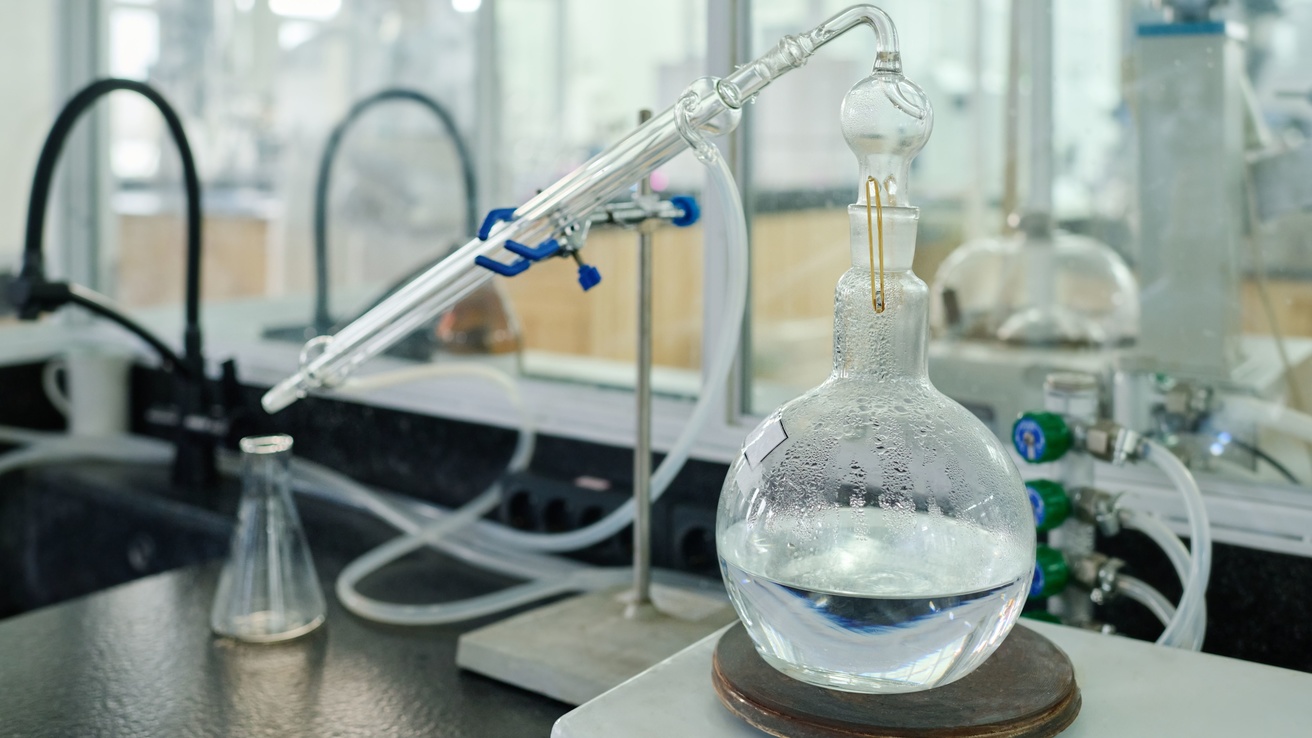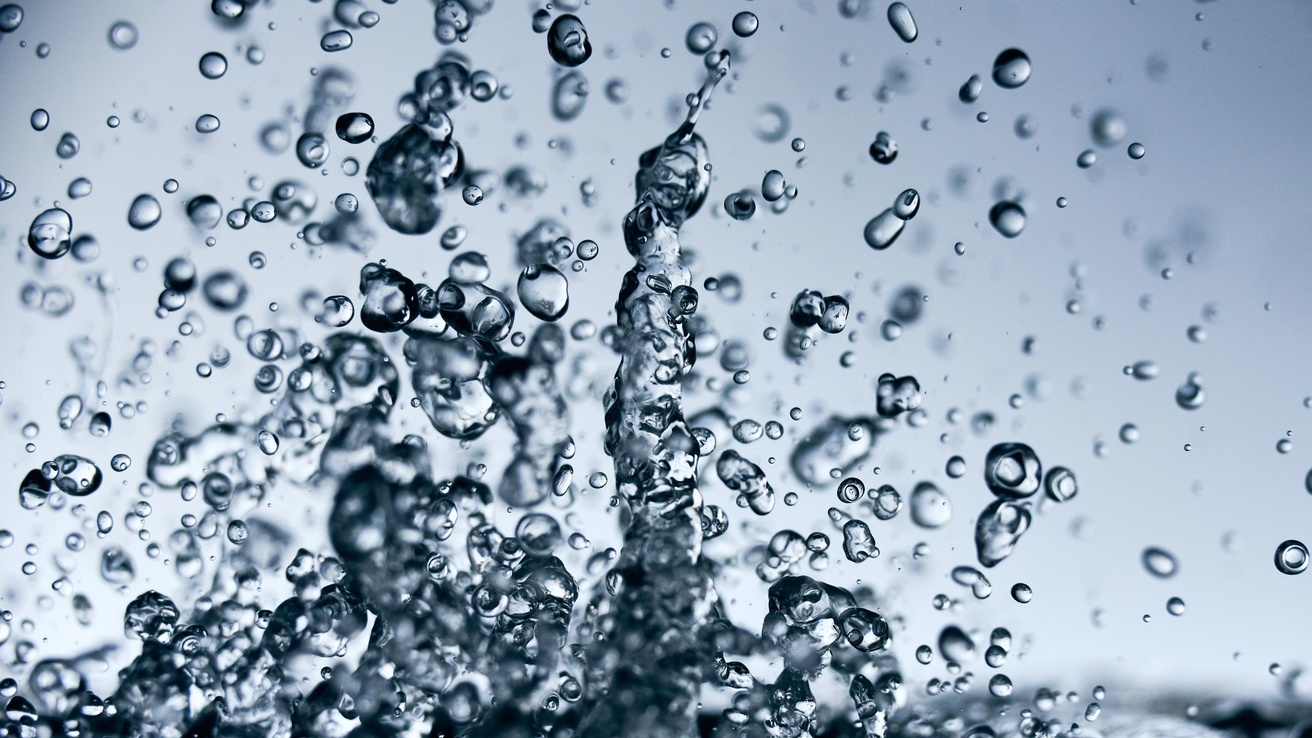60-90 gallons
Saving water in the laboratory
It's easy to forget about water usage when using machines like autoclaves or hooking up rubber tubing to single-pass condensers, but exorbitant water usage can be environmentally problematic for several reasons.
Firstly, it takes energy to pump, heat, and soften water before it's usable by our equipment, and more resources are required to treat wastewater after use. Moreover, diverting water from natural wetlands, rivers, and estuaries can lead to habitat destruction and endanger aquatic and semi-aquatic species.
~13,000 gallons
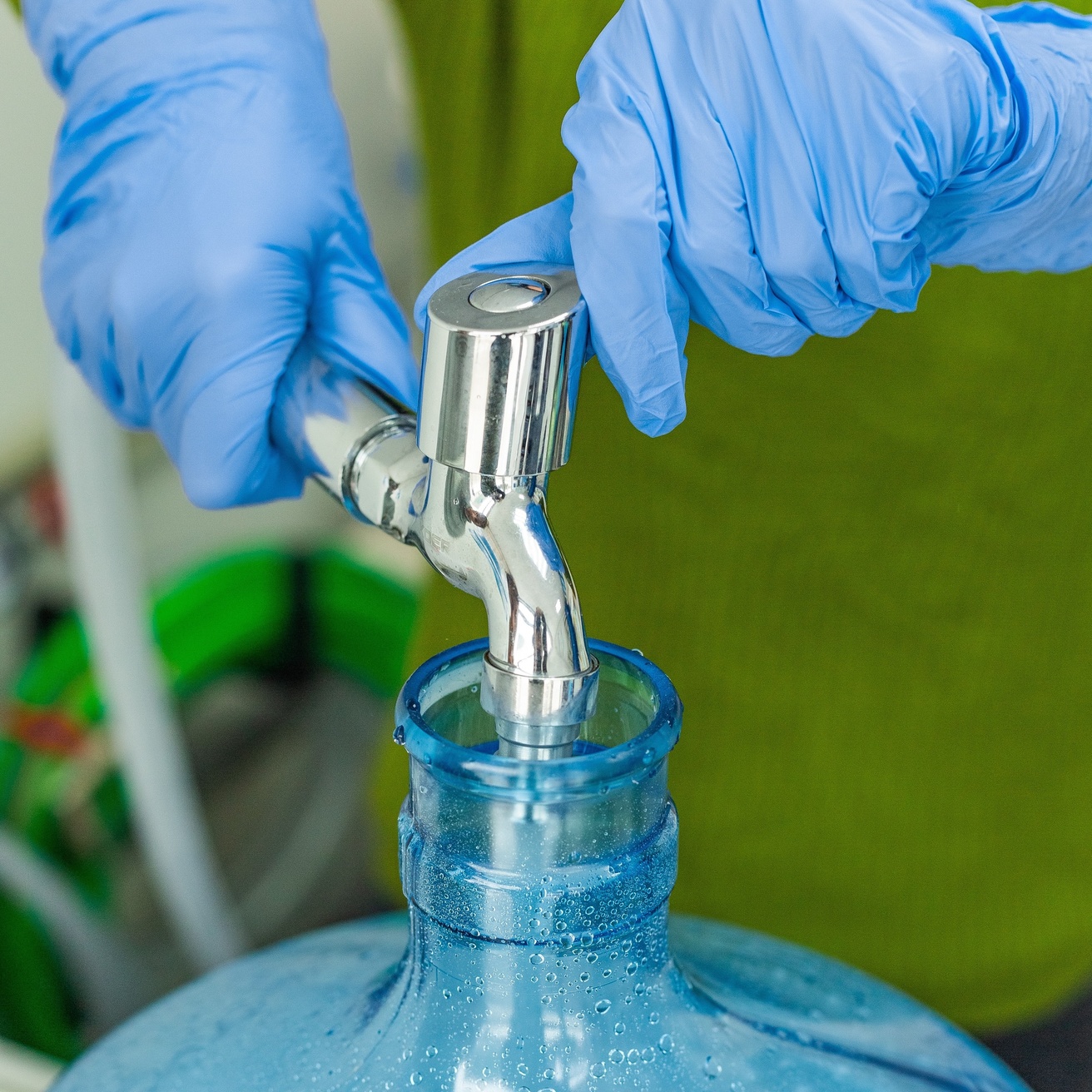
Read more about potential water-conservation avenues below!
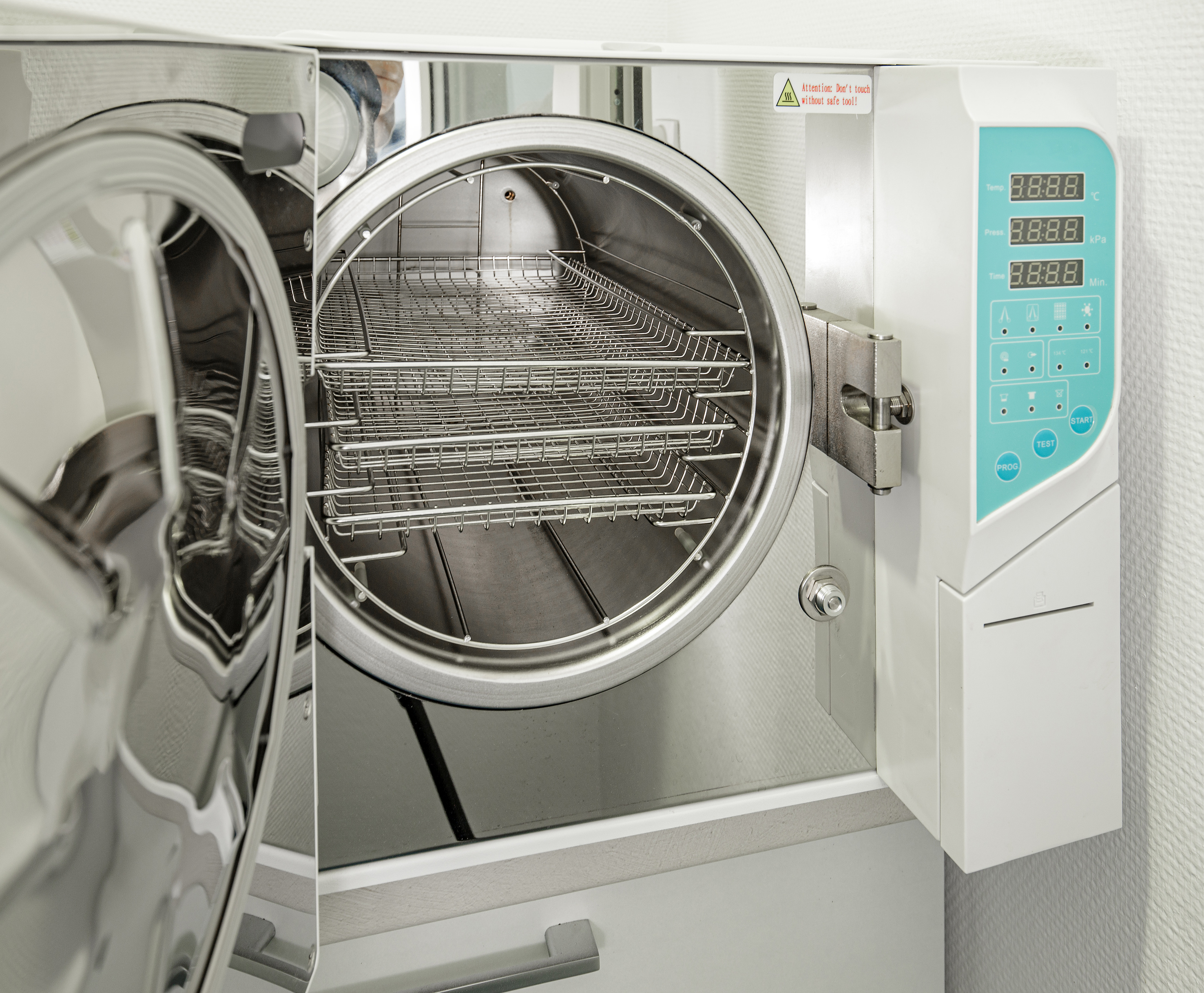
Autoclave and glass-washer conscientiousness
By far the easiest and cheapest water conservation measure a laboratory can take is to make staff aware of conservation concerns and promote a culture of conscientiousness when it comes to using machines that require large quantities of water.
Close autoclave doors whenever possible to avoid unnecessary heat loss. Don't run autoclaves or glass-washers half-full, and make sure that bin sizes aren't limiting your load sizes. This may require some coordination, but even small changes can have massive impacts on energy and water consumption.
If consolidation efforts prove difficult, consider ordering more compact machines for smaller load sizes.
Install aerators on tap faucets
Low-flow aerators mix air into faucet water streams, reducing typical flow rates of 4.0 gallons/minute down to <1.5 gallons/minute while preserving water pressure.
This can make processes such as hand-washing glassware far more resource-efficient for a fraction of the price of other sustainable refurbishments.
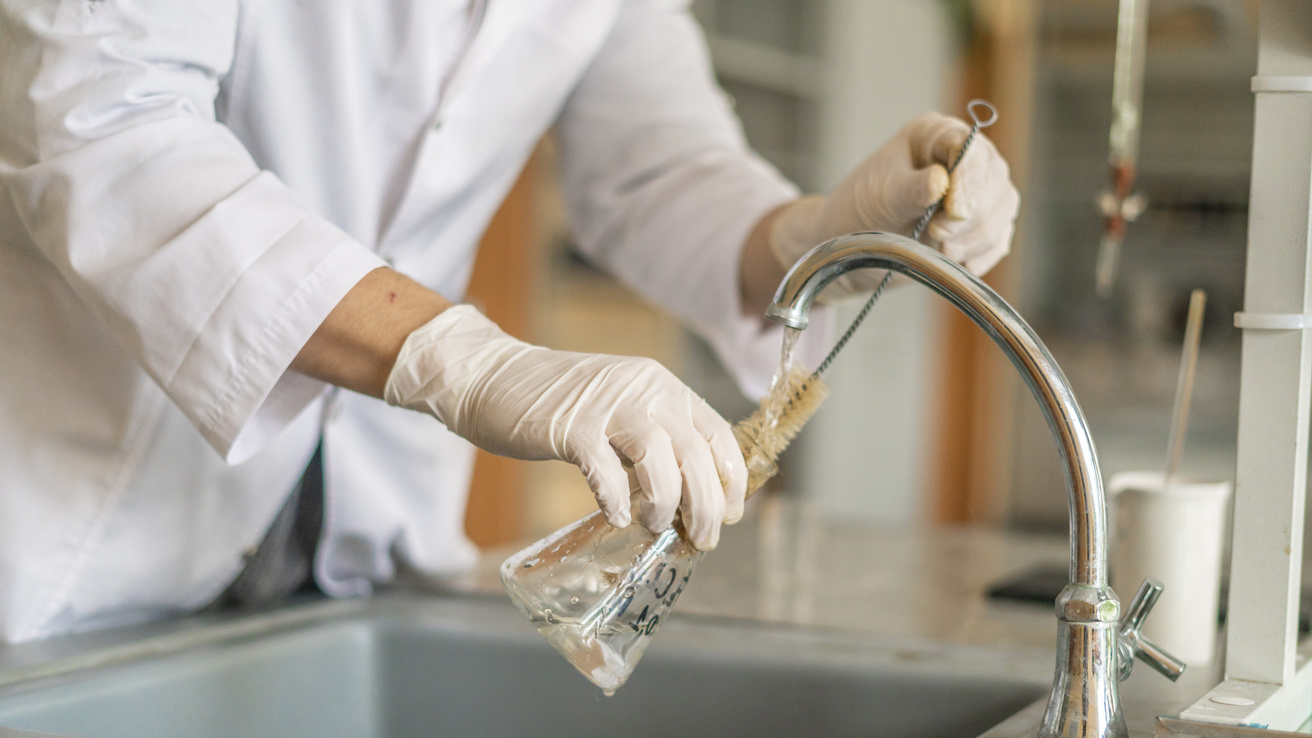
Avoid single-pass cooling
Single-pass cooling is extremely water-intensive, as the water only contacts the target material once before being disposed of, generally without recirculation.
Consider closed-loop recirculating systems for your applications, or waterless systems. For instance, single-pass water condensers are a foundational staple of many organic chemistry labs, but several waterless air-based condensers and hood recirculation systems on the market not only heavily reduce or eliminate water usage, but also minimize the risks of accidental flooding.
Use deionized water only when necessary
A single gallon of deionized water requires nearly three gallons of water to create. Ask yourself before making your reagents, is it critical to use deionized or would double-distilled garner the same results and stability?
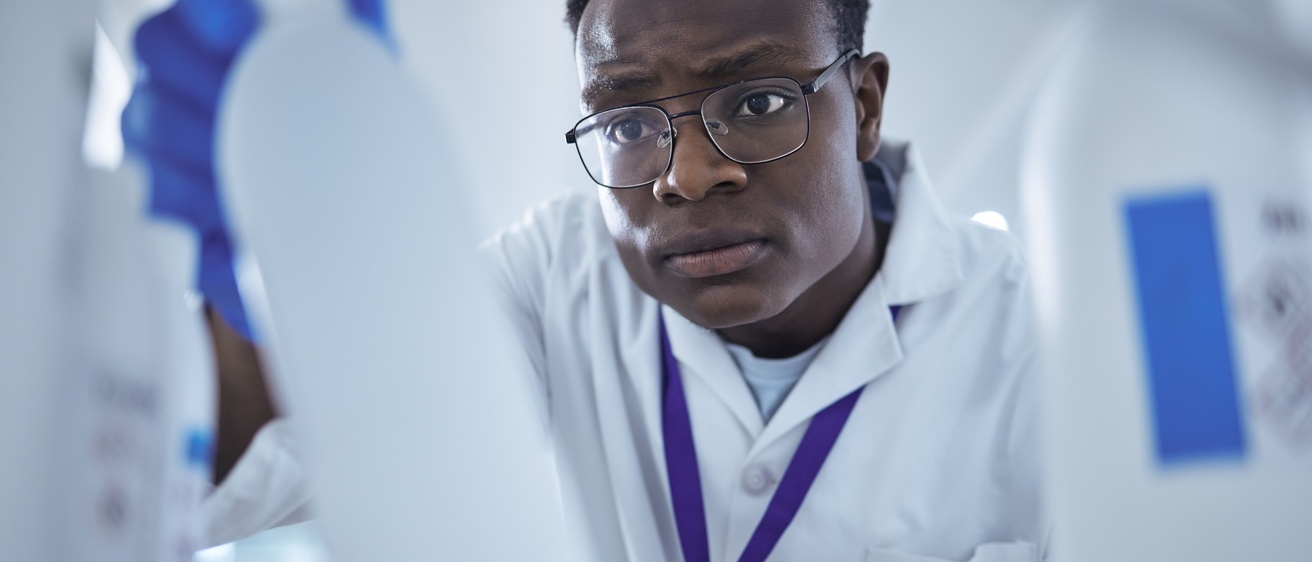
Retrofit or replace old equipment
As mentioned above, water recirculation systems do exist as an add-on or retrofit for many fume hoods. These systems minimize water usage and prevent accidental flooding.
Autoclaves can be jacketed or non-jacketed, with newer non-jacketed autoclaves using up to 93% less water (along with far less power) than jacketed autoclaves. However, jacketed autoclaves are best for continuous, daily usage. A full guide on which piece of equipment is best for your laboratory is linked below.
Steam sterilizer water tempering systems are available to retrofit older autoclave models. Rather than using cold water indiscriminately, these devices adjust temperature settings to match what is actually required by the machine for safe disposal.
References
https://www.nrel.gov/docs/fy05osti/36743.pdf
